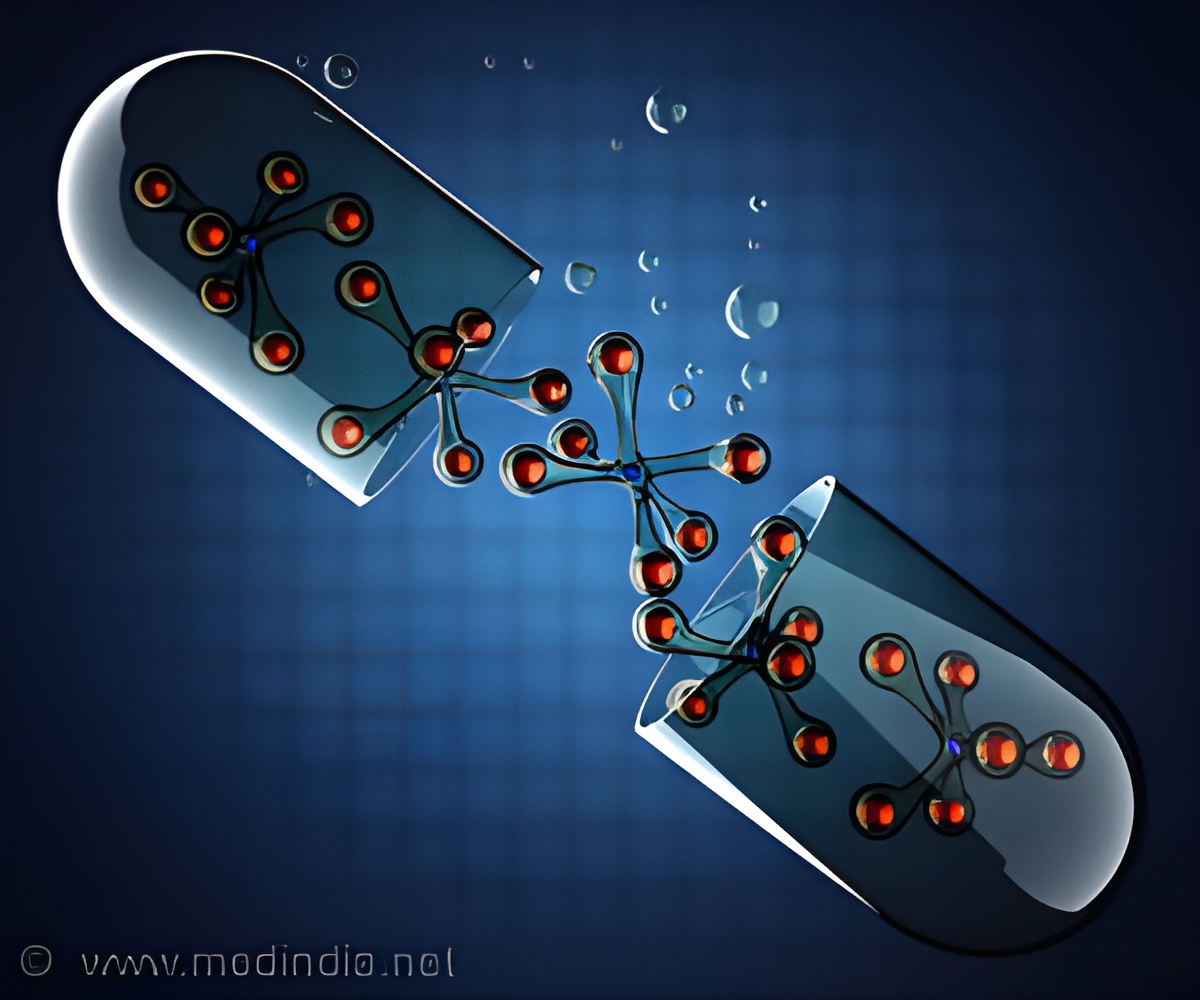Structural changes within the photo-active yellow protein (PYP) protein's twists and folds act as signals that help bacteria respond to stimuli.

‘A light-sensing protein from a salt-loving, sulfur-forming microbe has proved key to developing methods essential to advanced drug discovery, understanding human vision and other biomedical applications.’





When triggered by a flash of blue light, PYP undergoes a series of
structural changes that occur within milliseconds, forming many
intermediate structures along the way. Over nearly three decades,
researchers have used techniques such as spectroscopy and
synchrotron-based measurements to identify each intermediate formed
within this tiny time scale.This light-sensing protein from a salt-loving, sulfur-forming microbe has proved key to developing methods essential to advanced drug discovery, understanding human vision and other biomedical applications.
In a review published this week in Structural Dynamics, by AIP Publishing, physicist Marius Schmidt of the University of Wisconsin-Milwaukee presents a history of decades of research of this microbe and the many new technologies that have enabled these applications.
Being able to spot these reaction intermediates is an important step in drug development because the same methods can then be applied to study reactions that are of biomedical importance, Schmidt explained. "For example, you can see how a cancer-related enzyme that catalyzes a specific reaction works," he said. "Every new intermediate structure we identify could be a potential drug target to manipulate that reaction."
Unlike these other proteins, however, PYP is small and easy to produce in large quantities, making it ideal for experimental studies of protein structure. In 1995, researchers determined the structure of the PYP protein using crystallography at 1.4 angstrom resolution - that's about the size of individual atoms. At first, most investigations employed spectroscopy-based approaches to understand the speedy light-catalyzed structural changes in PYP.
Advertisement
The first time series of data revealed intermediates at the 100 nanosecond to 100 millisecond phase of the PYP reaction, but also posed an analytical challenge. Because intermediates form and decay so quickly, a sample at any given point carries a mix of intermediate structures. How could scientists tell them apart?
Advertisement
The solution stemmed from a component analysis method known as singular value decomposition (SVD), which has been applied to time-resolved crystallography by Schmidt and his colleagues.
"[SVD] can conveniently be used to extract the structure of pure intermediates from a mixture," Schmidt said. "It has really proved to be a central method in analyzing these data and the one that has the most applications so far."
Until 2013, researchers had elucidated the PYP photocycle with a resolution of 100 picoseconds; the faster time-scale proved elusive. The advent of the X-ray free electron laser (XFEL), a new kind of light source, helped resolve this issue. By using the XFEL and SVD analysis, researchers have now identified earlier processes as well, revealing the fundamental, crucial steps in the cis- to trans- isomerization of PYP on the femtosecond and picosecond time scales.
Similar reactions, which are essential for human vision, also occur when light strikes the retinal pigment rhodopsin. "It would have been super exciting to see this isomerization happen in real time using XFEL," Schmidt said. "If we can see it in PYP, we can perhaps visualize it in rhodopsin as well. PYP has proved to be a role model for other reactions that feature cis- trans- isomerization."
Source-Eurekalert















